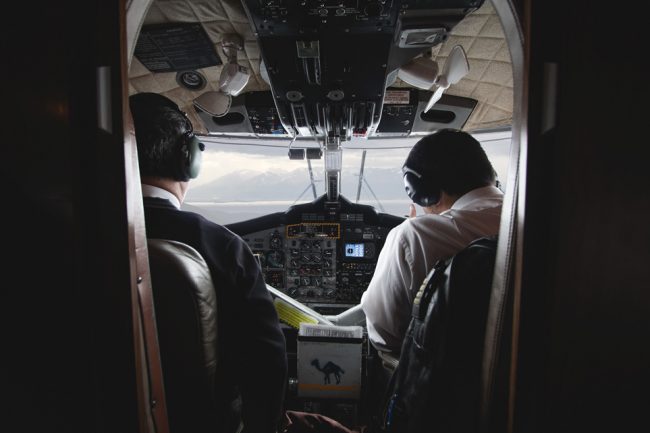Dientes de Navarino
Off the beaten track – Day 3
Laguna Escondida – Laguna Zeta
Hiking 13.7 km Asct: 579 m Descent: 745 m Max Elevation: 712 m

Accurate height profile
Click here to download GPX file

The next day we were in high hopes for good weather, but the Dientes de Navarino mountain range was covered in clouds. To make matters worse, it started to snow during the night. So the ground was slipperier than the day before.
From here we hike through alpine terrain, crossing some snowfields until reaching Paso Australia (805 m). Our path leads us past many small lagoons, beaver dams, and sharp-edged mountain formations.

For the first few hundred meters, we follow the lake across and over several beaver dams (Hito 20). A hidden side valley is now in front of us, and the ascent to Paso Ventarrón begins. It is a rainy day, and our gloves are soaking wet (Hito 21). At the end of the valley, we follow a narrow ridge towards the 695 m high pass. The wind got stronger and stronger each meter we ascend towards Paso Ventarrón. Ventarrón is the Spanish word for strong wind.


Hito 22: The wind is picking up again, and the wind gusts reach up to 100km/h. Wind gusts are particularly violent in this area. (Be careful with hats, glasses and everything attached to your backpack.)

The descent was brutal, nearly no view because of the clouds and wind which makes you tumble on the narrow path. Sporadically the clouds thinned and created a magical light show. From here you have a full panorama over the valley that reaches southeast from Bahía Windhond and towards Paso Guerrico in the northwest. You can also spot the trek which you have to follow until you reach Paso Guerrico.
After 30 minutes we reach the bottom of the valley. We have to cross a few beaver dams and walk around some ponds surrounded by ferns and branches until we reach Hito 23.

From this point, we climb up towards the pass, through trees and big rocks (Hito 24). Paso Guerrico has stunning views over the neighboring Montes Lindenmayer and the Laguna Hermosa. In the far distance, you can see Cerro Clem and Valle Guerrico, where today’s campsite would be located.

Our path leads us first southwest before dropping significantly towards the Laguna Hermosa which we surrounded on the north side (Hito 25). The best campsites are located just behind the southeastern shore area. With our tight schedule, we only have time for a quick lunch, as our flight back to Punta Arenas will be within two days. While cocking on the shore of the Laguna, we witness a small tornado blasting over the lake.

First, we circle the northeastern (right) seafront of the Laguna Martillo, climb over some fallen trees on the northern peninsula, and enter a green valley. Within most of today’s trek, you’ll be able to witness the devastating consequences of the beaver and the impact on the landscape. The dams lead to an increased flow velocity of streams, the water levels of the ponds and lakes rise and this lead to extensive flooding of huge parts of the forests (Hito 26).

Before we reach the southeastern shore of the Laguna Martillo, we spot Landmark 27, from here the trail turns right (uphill) until we enter the small peninsula which divides the lake into two (Hito 27).

If you reach the shore of the Laguna Martillo again, you have to follow the coast. (Don’t follow the trail to the right.) The plain terrain allows for nice wind protected campsites (Hito 28) until you reach the Hito 29. We walk through magnificent grasslands, just below the respectable rock falls of the Cordillera. From here, you can already spot the Paso Virginia, as well as a beautiful panoramic scene of the Guerrico Valley.


Following the Guerrico Valley, we try to head directly towards Paso Virginia, until reaching the small Laguna Rocallosa, which we contour along its right side. At the end of the trek, we will reach the Laguna Zeta (Hito 30): our destination for the day. After lunch, bad weather forced us into our tent.




